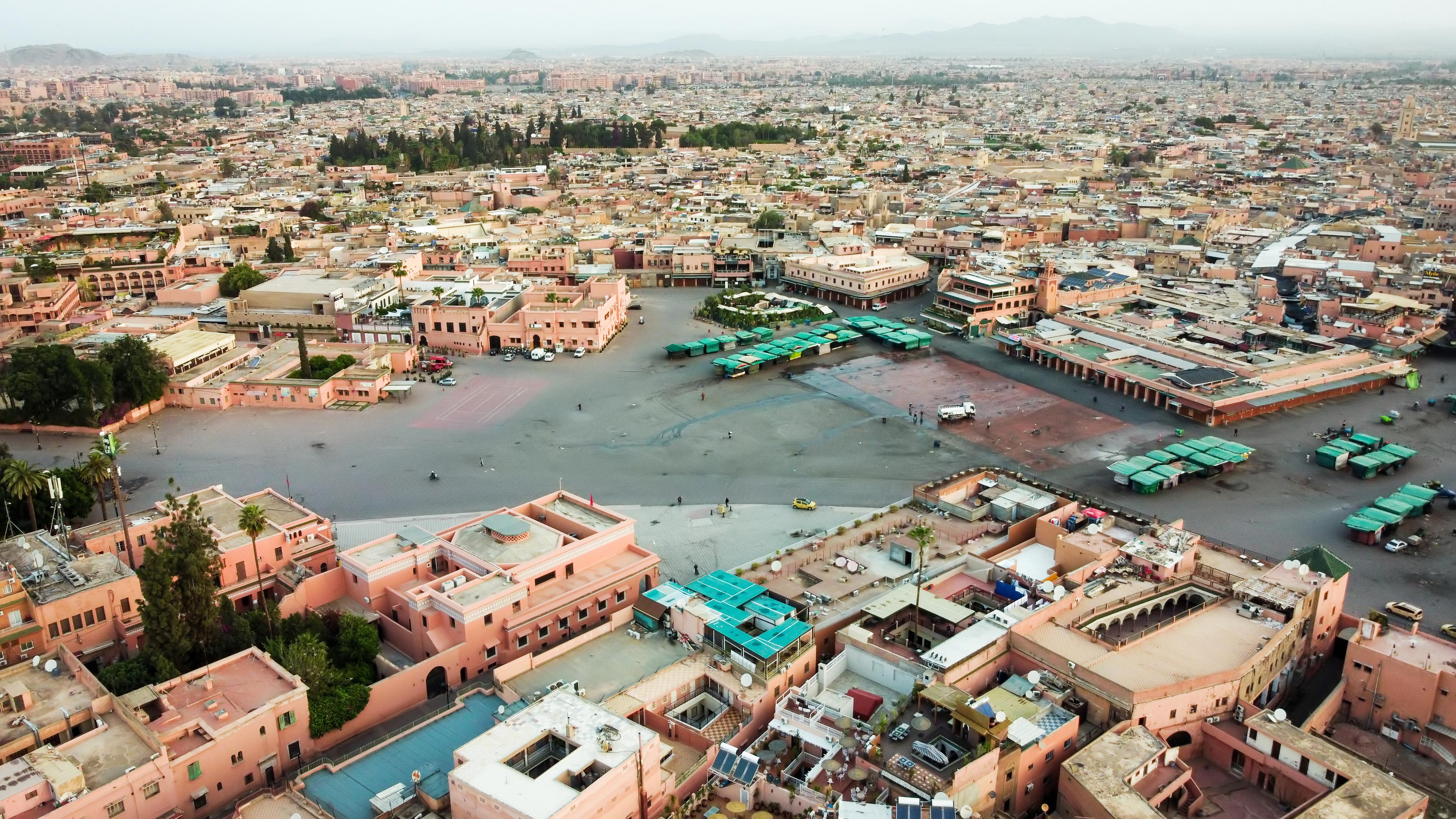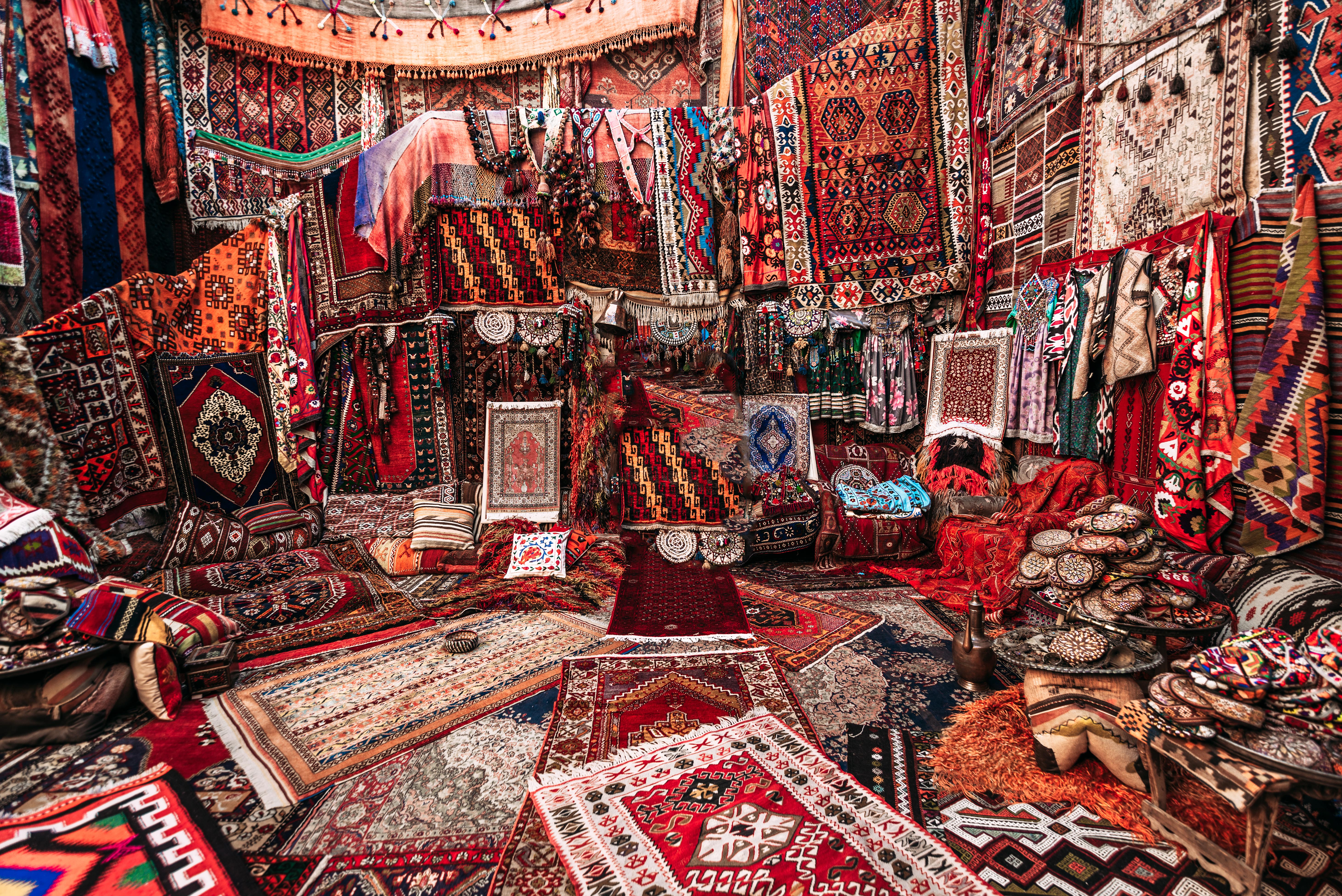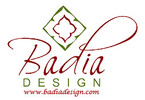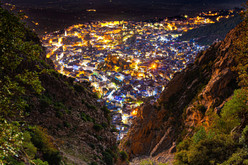Ten Key Facts to Know About Modern Moroccan Markets, Culture and History

Moroccan Culture is a vibrant tapestry woven from its Arab, Berber, African,
and European influences, creating a unique and dynamic society that is both
traditional and rapidly modernizing. Here’s an in-depth look into the facets of
life in Morocco that define its essence:
1. Cultural Richness: Morocco's cultural heritage is diverse, with a mix
of Berber, Arab, and French influences, reflected in its languages, music, and
customs. Traditional festivals such as the Fez Festival of World Sacred Music
showcase the country's rich artistic traditions.
2. Economic Landscape: Agriculture remains the backbone of Morocco's
economy, alongside a growing tourism industry and a stable manufacturing
sector. The government's "Plan Maroc Vert" aims to modernize the
agricultural sector and increase its productivity.
3. Marketplaces and Shopping: Souks (markets) are integral to Moroccan
life, with the famous Jemaa el-Fnaa in Marrakech offering everything from
spices to handcrafted jewelry. Shopping in these bustling markets is a sensory
experience unlike any other.
4. Artisanal Crafts: Moroccan artisans are renowned for their
craftsmanship in pottery, leatherwork, and weaving. Each region has its own
distinct craft traditions, which are passed down through generations.
5. Tourism Appeal: With its stunning landscapes, from the Sahara Desert
to the snow-capped Atlas Mountains, and the historic medinas of cities like Fez
and Marrakech, Morocco is a major tourist destination that offers a taste of
its millennia-old history.
6. Moroccan Exports: Morocco is the world's largest exporter of
phosphates, a vital component of agricultural fertilizers. Additionally, the
export of textiles and automotive parts plays a significant role in the
economy.
7. Culinary Delights: Moroccan cuisine is a feast for the senses,
featuring flavorsome tagines, couscous, and pastries like baklava. Spices such
as cumin, cinnamon, and saffron are staples in Moroccan kitchens.
8. Family Structure: The Moroccan society is family-centric, with
extended families often living together or in close proximity. Family
gatherings and communal meals are an important aspect of social life.
9. Education and Youth: The government is investing in education to
empower the youth, who make up a significant portion of the population. With
increasing literacy rates, Morocco is fostering a more educated workforce.
10. Urban Development and Housing: Rapid urbanization is leading to the
development of modern housing and infrastructure, yet traditional Riads (homes
built around a courtyard) remain popular, reflecting the blend of modernity and
tradition.

In conclusion, Morocco is a land of contrasts, where ancient customs coexist
with modern advancements. Its resilient economy, rich cultural heritage, and
the warmth of its people make it an intriguing nation that continues to evolve
while maintaining its unique identity. As Morocco continues to develop, it
stands as a testament to the ability of a nation to embrace the new without
losing sight of the traditions that define it.
Badia Design Inc., located in Los
Angeles, California, is a company that rich in Moroccan craftsmanship and
culture.


